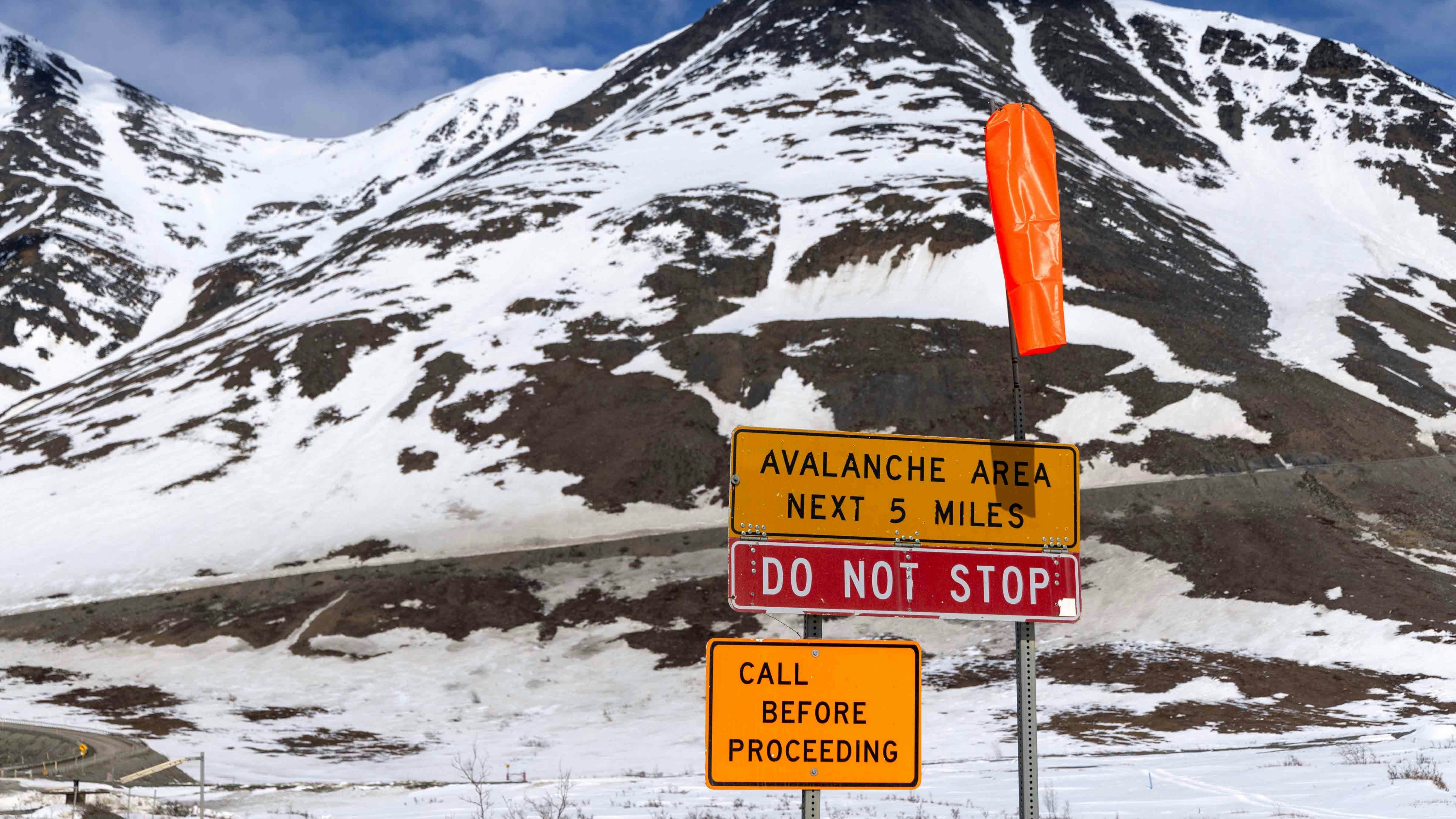For crews fighting large wildfires that have burned nearly 460,000 acres across northern Wyoming and southern Montana, timber is the enemy.
Like a yule log on a fireplace, it burns longer than grass and is harder to put out. That has made for persistent hot spots in the Flat Rock Fire burning west of Gillette, and has made the Fish Creek Fire in northwest Wyoming impossible to approach in some areas.
“We often go in places you can’t take an engine, that’s fairly common,” said Chris Joyner, Northern Rockies Incident Management Team spokesman for the 11,420-acre Fish Creek Fire near the Teton and Fremont County line. “(But) these area areas we can’t put a sawyer in there. These standing dead trees may fall in five minutes or they may fall in five years – they’re extremely dangerous.”
The standing trees, dead from beetle kill, pack the forest so thickly in many areas that a man hoping to cut one tree down has no safe escape should several more collapse with it, Joyner told Cowboy State Daily on Wednesday.
So, the crews in that area have had to get creative, cutting fire lines through the timber in more spacious areas where there is an evacuation route for the sawyers. They’ve also used feller bunchers, or tree-cutting machines, which are designed to send felled trees away from the machine operator.
The result is that not all the fire lines perfectly abut the fire.
One of the highest priorities for firefighting crews has been to protect the Brooks Lake Lodge cabins.
“We expect to be complete with that today,” said Joyner.
Another priority is protecting Highway 26 and keeping it open, including Togwotee Pass. Joyner urged the public to be patient, noting that delays are expected on the highway Wednesday as crews cut down dead standing trees in the area.
“Delays will be brief,” said Joyner.
Personnel have developed a reroute, or detour, for hikers on the Continental Divide Trail, he added.
The Fish Creek Fire is at 28% completion. Its acreage grew slightly, by 23 acres, from Tuesday to Wednesday.
Campbell County Gaining Containment
Across the state in Campbell County, two major wildfires are mostly contained a week after they all flared up around Aug. 21, Brandon Glenn told a packed room at a public informational meeting at the Cam-plex in Gillette on Tuesday night.
Glenn, chief of planning operations for the Southwest Area Incident Management Team 5, said they feel both Campbell County fires are mostly contained at this point and are in a phase that they call “mop up.”
This interagency incident team is one of 45 in the nation that respond to fires and other natural disasters. The team brought 94 members to Campbell County over the weekend when they took over command.
The Flat Rock Fire west of Gillette was down about 178 acres Wednesday morning toan estimated 52,421 acres, and was 54% contained. The Constitution Fire 11 miles northeast of Gillette held at 24,594 acres Wednesday, but was 57% contained,meaning crews roughly doubled their containment of that fire Tuesday.
“We’re confident that these are going to stay where they are for the most part,” said Glenn, noting that there may be a little “shoot or two here and there” but are generally contained.
For example, the Meadow Fire sprang up Tuesday just north of the Flat Rock Fire, and crews en route to the larger blaze were able to extinguish it before it got to an acre in size.
Glenn said that the focus on the Flat Rock fire is on the steep, juniper-covered terrain on the northern edge where hot shot crews of highly trained wildland firefighters are “going direct,” meaning fighting the fire directly on the edge.
Crews are also using drones to locate heat signatures for more targeted aerial efforts.
“All in all, we’re looking really good on these fires,” he said.
Although there appears to be a lot of smoke emanating from both fires, it’s mostly dust devils, not smoke, he said.

Forecast Not ‘Overly Critical’
Firefighters have made significant progress on the Constitution fire as well, which involved much more timber as opposed to dry grasses. When Glenn first arrived Saturday morning, he said the fire was still putting out significant columns of smoke, but crews have since made a lot of progress.
Bruno Rodriguez, a meteorologist with the command management team, said the winds and dry thunderstorms last week played a significant role in spreading the fires, but he doesn’t see anything “overly critical” in the upcoming forecast that he feels will have a detrimental impact on firefighting efforts.
Arthur Gonzalez, a fire behavior analyst with incident command, explained conditions that exacerbated the fires, including a robust grass crop in the county and across the West from heavy rainfall last year and this spring, followed by hot July temperatures.
Coupled with near record-low humidity levels and robust winds, the wind-driven fires spread quickly.
“When you put an ignition source in that kind of fuel bed with that kind of wind, that’s what we’re looking at,” Gonzales said.
He said the fires are driven by fuel, weather and topography, which in Campbell County is complex.
“What strikes me in your area is the broken country,” he said. “It’s kind of like if you ran water off a washboard, it just kind of goes in all different directions.”
And though the grasses fuel momentum fast, they also lose heat just as quickly, which the crews are starting to see in these fires — with the exception of some hot spots fueled by juniper, which holds heat a bit longer, he said.
“But each day that just continues to dissipate between the work being done of the ground and the fuel is just consuming and burning down to nothing,” he said. “Things are really looking well there.”
He warned, however, that the potential for fire lingers and people need to remain vigilant because the troubling conditions still remain.
“All we need is some strong winds,” he said. “We’ve got the fuels for that.”
He praised the local firefighters for their efforts in preventing primary structures from burning and no lives lost given the number of fires burning so quickly and fast.

The Largest Two
The two largest wildfires burning in northern Wyoming and into southern Montana are showing remarkable progress, according to Wyoming State Forestry Division reports.
The Remington Fire started in Sheridan County, consumed 18,000 acres and sprinted north into multiple southeast Montana Counties Friday and Saturday, and measured at 196,459 acres Wednesday morning.
But now it’s at 50% containment.
Firefighters patrolled the boundary scouting for heat Tuesday, and found the only hot spots blazing inside the fire’s interior weren’t threatening to breach its containment lines, according to a Wednesday morning statement by the Southwest team.
Crews are continuing to mop up hot spots Wednesday.
The earliest to peak and the quickest to reach nearly full containment is the 174,683-acre House Draw Fire in Johnson County, which was reported at 94% containment Wednesday morning.
Crews are identifying and mapping suppression repair needs Wednesday.
Contact Clair McFarland at clair@cowboystatedaily.com

Clair McFarland can be reached at clair@cowboystatedaily.com and Jen Kocher can be reached at jen@cowboystatedaily.com.





